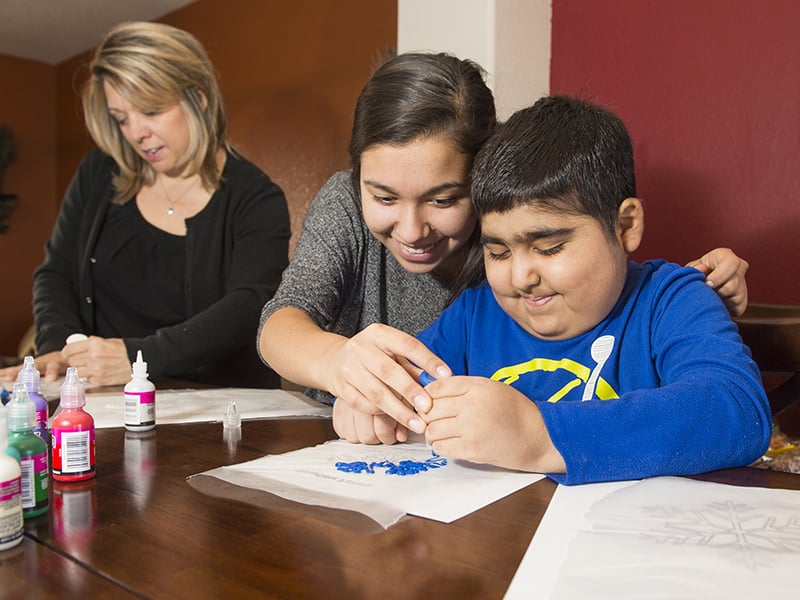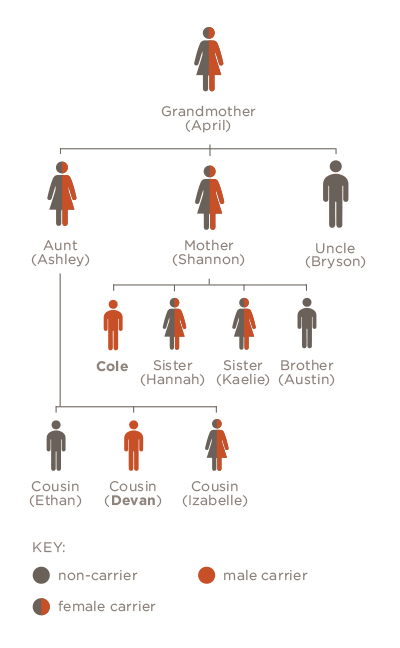- Doctors & Departments
-
Conditions & Advice
- Overview
- Conditions and Symptoms
- Symptom Checker
- Parent Resources
- The Connection Journey
- Calm A Crying Baby
- Sports Articles
- Dosage Tables
- Baby Guide
-
Your Visit
- Overview
- Prepare for Your Visit
- Your Overnight Stay
- Send a Cheer Card
- Family and Patient Resources
- Patient Cost Estimate
- Insurance and Financial Resources
- Online Bill Pay
- Medical Records
- Policies and Procedures
- We Ask Because We Care
Click to find the locations nearest youFind locations by region
See all locations -
Community
- Overview
- Addressing the Youth Mental Health Crisis
- Calendar of Events
- Child Health Advocacy
- Community Health
- Community Partners
- Corporate Relations
- Global Health
- Patient Advocacy
- Patient Stories
- Pediatric Affiliations
- Support Children’s Colorado
- Specialty Outreach Clinics
Your Support Matters
Upcoming Events
Mental Health Town Hall
Tuesday, April 23, 2024Join Children’s Hospital Colorado pediatric experts for a virtual...
-
Research & Innovation
- Overview
- Pediatric Clinical Trials
- Q: Pediatric Health Advances
- Discoveries and Milestones
- Training and Internships
- Academic Affiliation
- Investigator Resources
- Funding Opportunities
- Center For Innovation
- Support Our Research
- Research Areas

It starts with a Q:
For the latest cutting-edge research, innovative collaborations and remarkable discoveries in child health, read stories from across all our areas of study in Q: Advances and Answers in Pediatric Health.


Cole: The Tree of Life

It started, for Cole Chavez’s cousin Devan, with trouble in school. Teachers thought he just wasn’t paying attention. When a hearing test came back normal, it soon became clear there was more to it. A neurologist ordered an MRI.
“By the time we met him, he’d been showing symptoms for over a year,” says Ralph Quinones, MD, a pediatric bone marrow transplant physician at Children’s Hospital Colorado. “He was late in the disease.”

The news was devastating: Devan had x-linked adrenoleukodystrophy (X-ALD), a genetic disease that produces abnormal lipids, or fats, the molecular building blocks for many hormones — leading to lifelong gland and hormone problems. Far more troubling is its effect on the brain.
Lipids also make up the myelin sheaths around nerve cells, and the irregular lipids of X-ALD provoke an inflammatory response: recognizing something amiss, the immune system attacks the myelin, destroying neurons’ protective coating and causing massive cerebral damage. Young boys, after three or four years of normal development, begin a sudden, rapid, and eventually fatal regression as the nervous system deteriorates. That’s what was happening to Devan.
“It took his vision, his hearing, his ability to eat, walk, to use the restroom,” says Shannon Chavez, Cole’s mother and Devan’s aunt, who is herself a carrier of X-ALD. Because the disease is linked to the X-chromosome, its carriers are women, whose additional X-chromosome tends to mitigate the disease’s effects. In boys, however, it has lethal consequences.
Why timing is crucial with X-ALD
Done early enough, a bone marrow transplant can correct the immune response, halting damage to the brain before it begins.
Knowing the disease’s heritability, doctors at Children’s Colorado immediately began tracing the disease up the family tree, identifying Cole and Devan’s grandmother as the point of origin. They tested everyone. Devan’s mother, Ashley, unknowingly had the disease. So did Shannon. And so did Cole, her youngest son.
Cole was diagnosed and prepared for a transplant before he ever showed symptoms. His bone marrow came from an anonymous donor, a nearly 100-percent genetic match, who was understandably reluctant at first to go through with the excruciatingly painful process of donating his bone marrow. “But when they told him it was for a 6-year-old boy and he was going to die without it,” says Shannon, “he did it.”
Celebrating success amid loss
Cole is now 7 years old and making full use of his recent discovery of sarcasm — his deadpan is withering, and his practical jokes are legendary around the Center for Cancer and Blood Disorders. The Chavez family recently celebrated his first “rebirthday,” so called “because when he had his transplant, he got new genetics,” Shannon says. Without a doubt, the bone marrow transplant saved his life.
“If it hadn’t been for Devan,” Dr. Quinones says, “we never would have caught it in Cole.”
Devan, too, had a bone marrow transplant, but his disease had progressed too far. His system rejected new bone marrow, causing a massive inflammation that took his sight. A second bone marrow transplant, doctors thought, would compound that result.
“He was 7 years old when he died,” Shannon says. “It’s hard for me even now: I have my son and it’s because of my nephew. And he knew it. He was very proud of that in the end.”



 720-777-0123
720-777-0123



